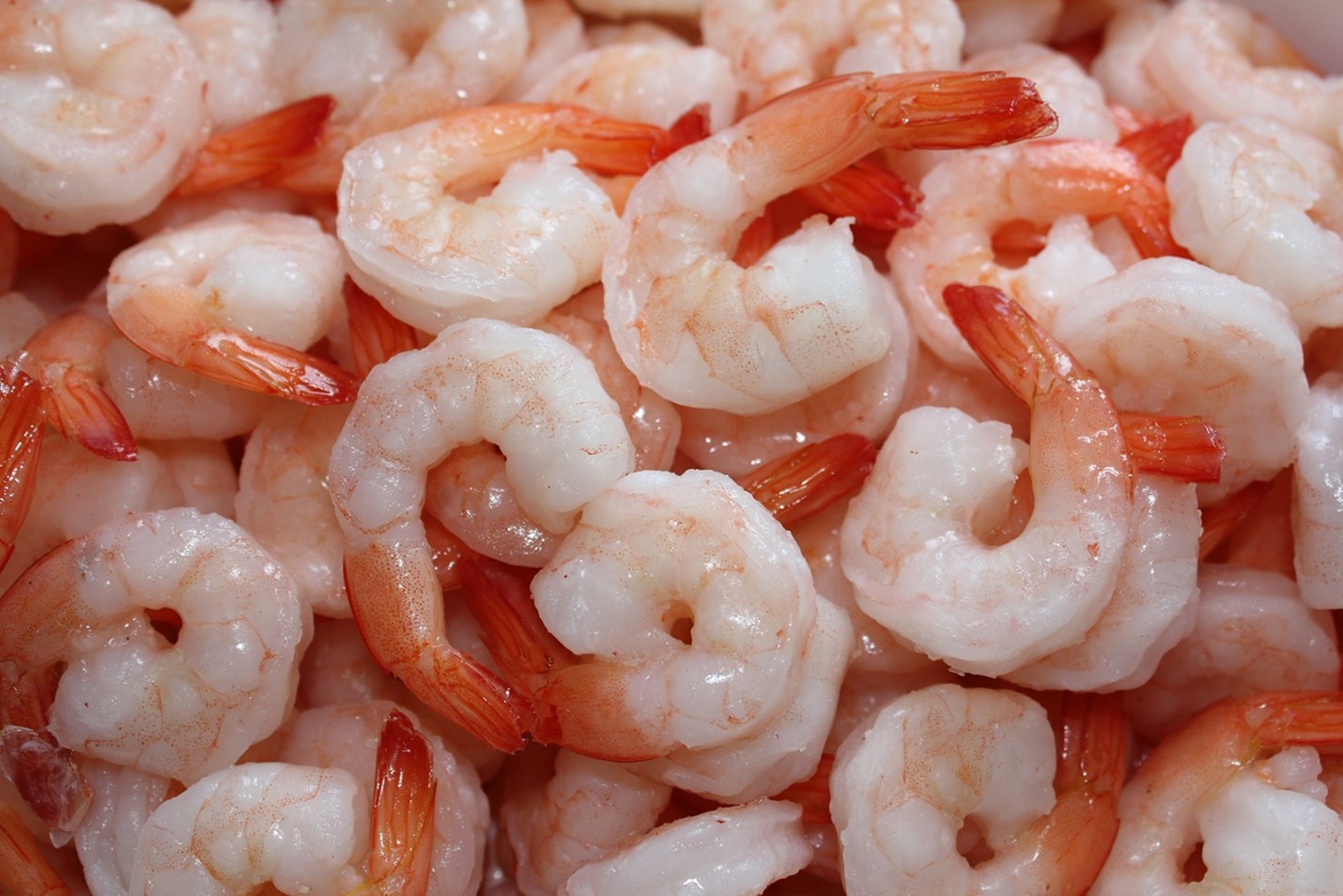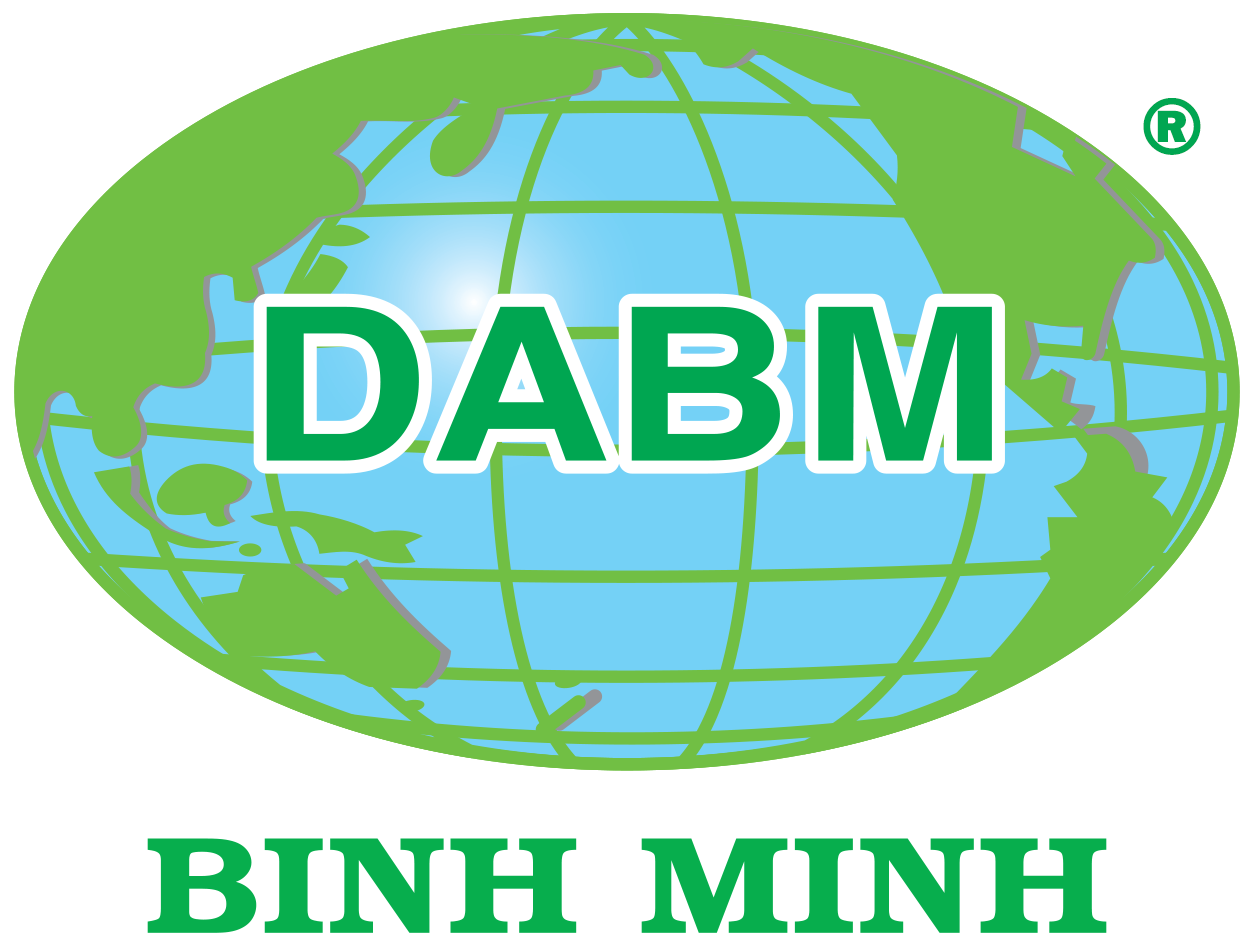Tackling emissions, myths, and industry blind spots, a new practical guide for climate-smart supply chains will debut at the Global Shrimp Forum 2025

Just as Rome wasn’t built in a day, neither will a resilient, low-carbon shrimp industry emerge overnight. But bold beginnings are both possible and necessary today, and what’s crucial is that supply chains quickly get to work laying those foundations. That will be a core message delivered at next month’s Global Shrimp Forum (GSF 2025) in Utrecht, the Netherlands, with the launch of the new Shrimp Carbon Footprint Guide.
The guide has been co-authored by Roxanne Nanninga, sustainability executive and advisor, Founder and Principal of Blue Biome Advising and contributor to the GSF program, and Anton Immink, CEO of ThinkAqua, a nonprofit organization specializing in supporting small-scale aquaculture producers. Nanninga told The Advocate that as climate change continues to reshape global priorities, the shrimp industry finds itself under increasing pressure to understand and reduce its carbon footprint.
Retailers, investors and regulators are demanding greater transparency and measurable climate action, which is in turn driving shrimp producers and feed companies to respond, she explained. At the same time, and despite seafood’s reputation as a relatively climate-friendly protein, farmed shrimp are often singled out for high greenhouse gas emissions – raising critical questions and confusion across the value chain.
To make matters more complicated, the issue of carbon footprints can quickly become technical, and there are also many unknowns, which can lead to confusion and – worse still – discourage companies from understanding their emissions hotspots and finding practical ways to take action. A prime example is Scope 3 and establishing the emissions resulting from activities not owned or controlled by the reporting organization, but which indirectly affect in its value chain.
Recognizing this, the Global Shrimp Forum Foundation commissioned a comprehensive and accessible carbon guide for the industry. This resource is designed to demystify carbon accounting, highlight key emission hotspots and offer practical strategies for meaningful reductions – whether through feed choices, farming methods or collaborative initiatives.
Its primary purpose is to encourage industrywide understanding and action, inspiring cost-effective changes that support a more resilient, climate-smart shrimp sector. Moreover, the guide will call on stakeholders to start now – because progress begins with informed, collective effort, Nanninga said.
“We hope this guide makes carbon reduction more approachable and that companies across the value chain find new ways to collaborate to meet net-zero goals. Many carbon reduction initiatives can also lead to cost savings and create a more resilient industry over time, which is excellent news for businesses and the environment. We need to help people understand that and continue to make improvements so that shrimp can become an easy and sustainable protein choice for everyone,” Nanninga said.
Knowns and unknowns
While the study’s finer details will first be available at the Utrecht conference, Nanninga confirmed it will shed light key aspects of the industry like its impacts on mangrove forests and if it can contribute to its restoration. It will also identify some remaining scientific uncertainties around potential sources of carbon emissions.
“By far the biggest emission categories come from the farms and feed use. That’s well-known – it’s not a research data gap, I would say it’s a perception gap. We’re trying to help people see that. And then there are research data gaps, which are largely missing information around biogenic emissions – things like the methane emissions that come out of the ponds themselves,” Nanninga said. “There are also gaps when it comes to the collection of data. For example, when it comes to land ingredients that go into the feeds – soy in particular – if it’s connected to deforestation in the Amazon then there’s a huge climate impact, but it is very hard to know if your own supply chain is affected by that. It becomes something of a traceability problem. Therefore, in the guide, I try to highlight each of those things, including what’s known, and what’s still kind of not known.”
Nanninga continued: “I think some people have got unnecessarily bogged down in this, whereby they feel they have to understand all the data perfectly before they can do anything. We’re trying to help people move out of that mindset. Yes, don’t just go taking action without any knowledge, because you may be going down the road of working on something that isn’t a very big impact factor. But if you sense that a course of action is probably going to make a big difference – changing feed ingredients or switching to renewable energy, for example – then you should definitely start working towards that and then quantify those savings as you go along.”
With feed ingredients highlighted as a major emissions driver, there are a number of practical steps that these companies can take to address their impacts, but top of the pile is getting better transparency into the ingredients – not just what they are but also where they come from, she said.
“That is very hard to establish, I know. But having the feed companies do that work and make it more transparent about where those ingredients are coming from can make a big difference,” Nanninga said. “And then the next level will be starting to put carbon footprinting onto those ingredients, perhaps by brand type on the respective feeds. That will make it a lot easier for supply chains. It’s actually one of the recommendations I have put in the report for feed – trying to take some of the legwork out of the process for the shrimp farmers and their customers.”
Addressing gaps
Nanninga also confirmed the guide will give other directions for big areas for impact as well as smaller, specific actions where industry members can begin to make and measure improvements. Part of this, she said, will require cooperation with others, including industry groups, financial institutions, conservation organizations, suppliers or downstream buyers who may want to partner to advance these goals.
“Also, some of these actions may not be things they think much about because they will already be natural to the business objectives. In hatcheries, for example, disease reduction offers really big carbon savings, because if you’re reducing loss, then you’re helping improve the whole value chain. Meanwhile, on farms, the recommendations include more intuitive efforts like reducing energy use through new technologies. The same goes for processors.”
With the hope to provide “tangible inspiration,” the guide will also highlight some of the successful initiatives that are already underway to solve carbon challenges, with companies along entire supply chains investing in improvements or strong pre-competitive collaborations to identify and address gaps. A chapter is also dedicated to financing transitions toward lower-emission practices, including what options and schemes are available and what different companies would need to qualify to use these instruments. This will also be discussed in more detail at the Forum.
“Companies can’t just pull money out of thin air, but there’s a whole area of sustainable finance dedicated to this type of work. Again, there’s still a knowledge gap between the operators and the financial institutions that we have to start bridging.”
To further whet the appetite ahead of the guide’s debut at GSF 2025, Nanninga offered one of its more surprising findings: That it’s the mud in mangrove forests that stores the most carbon, and consequently that protecting mangroves offers more benefits than just carbon storage. The resulting biodiversity gains and greater coastal protection mean greater resilience to wider climate change.
She also noted that while some believe extensive farming is more climate-friendly than intensive – and others argue the opposite, or that shrimp from one country is more sustainable than another – the reality is far more nuanced and context-dependent.
“What’s important is getting into it so you understand your emissions profile and the drivers behind it a lot better.”
Note: The Global Shrimp Forum Foundation is a non-profit organization. The financial surplus from its events is invested in activities aligned with its mission: contributing to a more resilient future for the shrimp industry. This includes projects related to mangrove conservation, aquaculture improvement projects and pre-competitive research efforts.
By Jason Holland
Read more:
- Effects of pre-slaughter stress on the fillet quality of Nile tilapia
- Grow-out protein requirements of Nile tilapia fed fishmeal-free diets
- Evaluating the effect of protists in diets for Pacific white shrimp

 Tiếng Việt
Tiếng Việt 中文 (中国)
中文 (中国)